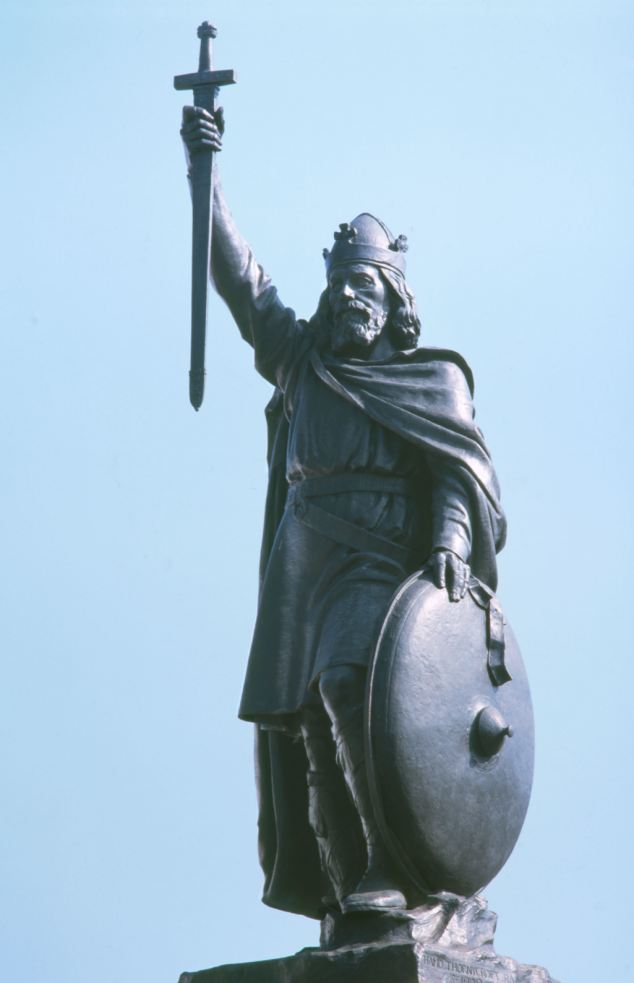


Excavations in Worcester, by contrast, show that the distinctive “Alfredian” street plan there only came into use in the late tenth or early 11th century, around 100 years after Alfred’s death.Īrchaeological evidence shows that many Bughal Hidage strongholds started as defensive sites which only later developed into towns. For example, in Winchester radiocarbon and archaeomagnetic dating suggests the new urban plan was probably built around 840–80, almost certainly, therefore, before Alfred’s victory of 878 and probably before he even became king. But the evidence doesn’t entirely bear this out. It has been argued that the latter represent an “Alfredian” vision of urban planning. Others were new burhs raised with an innovative design that imitated the regular Roman plan. Over the past 40 years, much archaeological evidence has been gathered about the Burghal Hidage strongholds, many of which were former Roman towns or Iron Age hill forts that were reused or refurbished as Anglo-Saxon military sites. Strongholds listed in the Burghal Hidage.


 0 kommentar(er)
0 kommentar(er)
